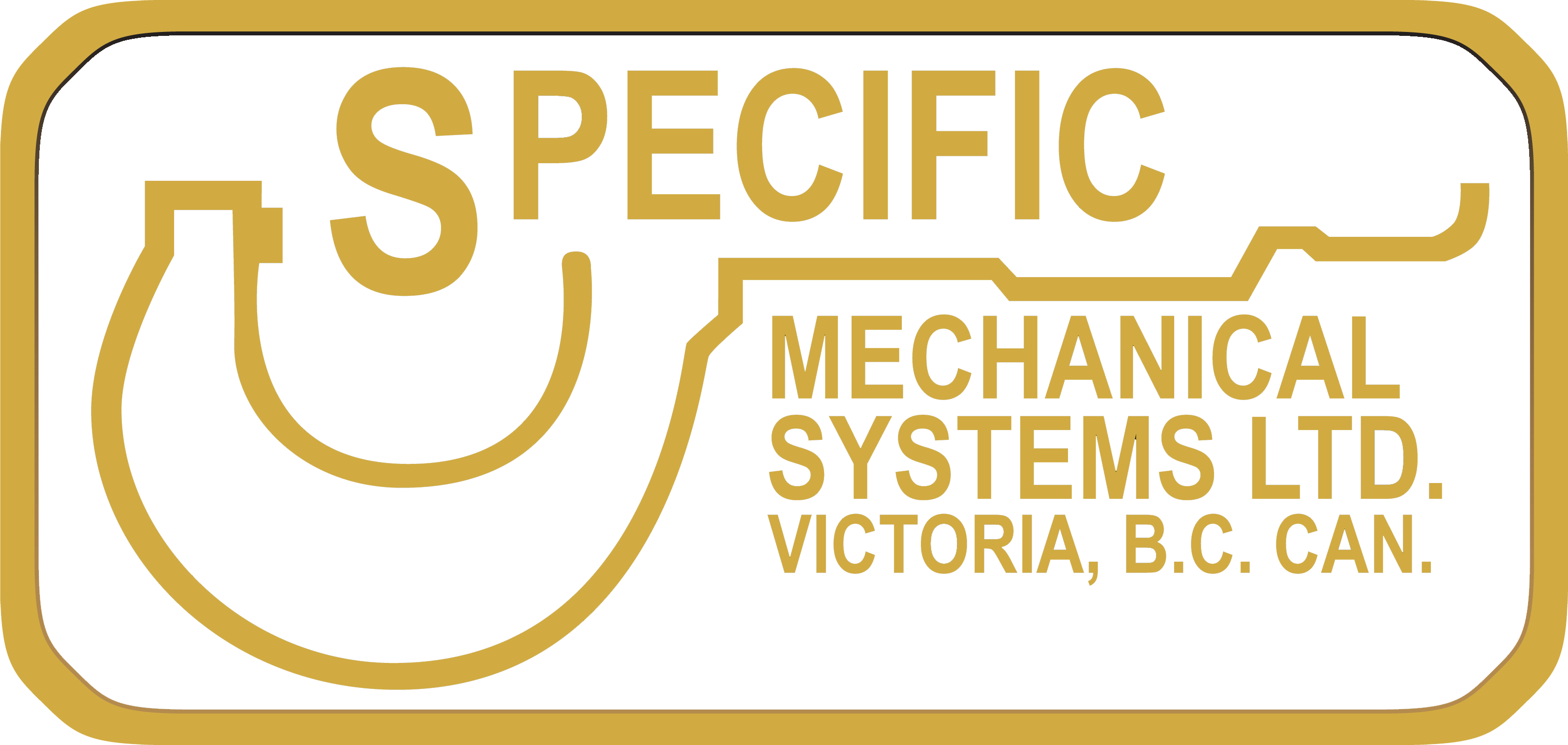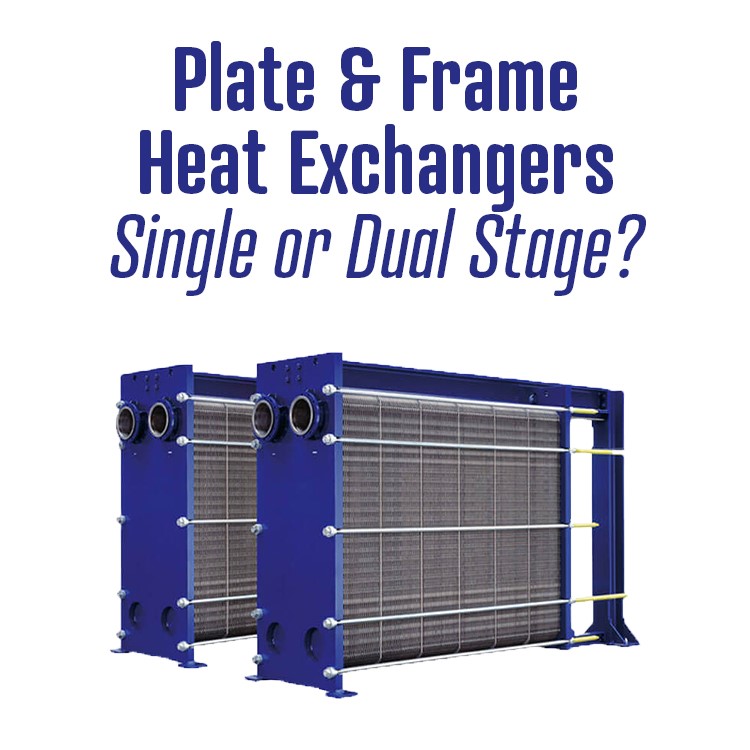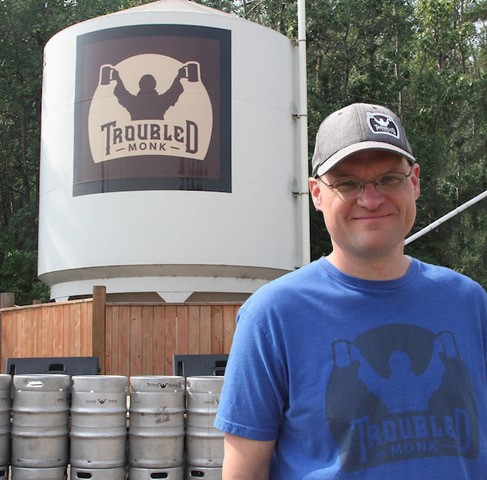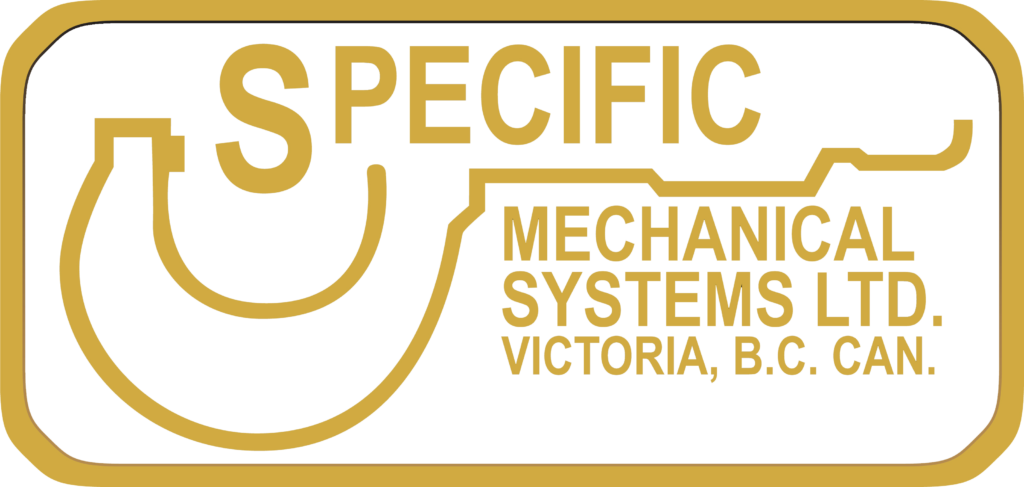In brewing, heat exchangers have various functions, but the primary task is for the cooling of wort (unfermented beer) and maintaining specific temperatures during the brewing process. The main difference between a single-stage and a two-stage heat exchanger lies in their design and functionality:
Single-Stage Heat Exchanger:
A single-stage heat exchanger has one heat exchange section through which the hot and cold fluids flow.
A single-stage heat exchanger is often used for cooling wort quickly after the boiling process. It typically consists of a coil or plate that is in direct contact with the hot wort.
Hot wort flows through one side of the heat exchanger, while cold water (most often from a designated cold liquor tank) flows through the other side, absorbing heat from the wort.
Single-stage heat exchangers are relatively straightforward and cost-effective but may have limitations in terms of efficiency and precision temperature control.
Two-Stage Heat Exchanger:
A two-stage heat exchanger, as the name suggests, consists of two separate heat exchange sections, each with its own set of channels for the hot and cold fluids.
A two-stage heat exchanger may be used for more precise temperature control and energy efficiency. The hot wort flows through the first stage of the heat exchanger, where it transfers some of its heat to a secondary fluid (cold city water). This partially pre-cooled fluid then flows into the second stage, where it further exchanges heat with the primary cooling fluid (glycol).
Two-stage heat exchangers are often used in advanced brewing setups where maintaining precise temperature profiles during fermentation or other stages of the process is crucial.
In summary, the key difference between a single-stage and a two-stage heat exchanger in brewing is the number of heat exchange sections and the level of control and efficiency they offer. Single-stage heat exchangers are simpler and suitable for basic cooling tasks, while two-stage heat exchangers provide more control and efficiency, making them a better choice for advanced brewing processes that require precise temperature management. The choice between the two depends on the specific needs and scale of the brewing operation.






